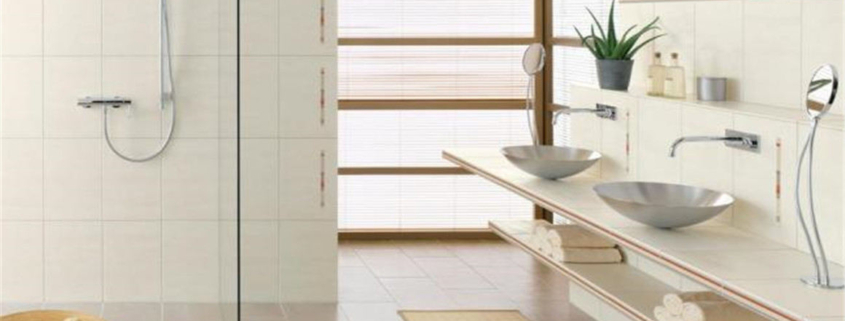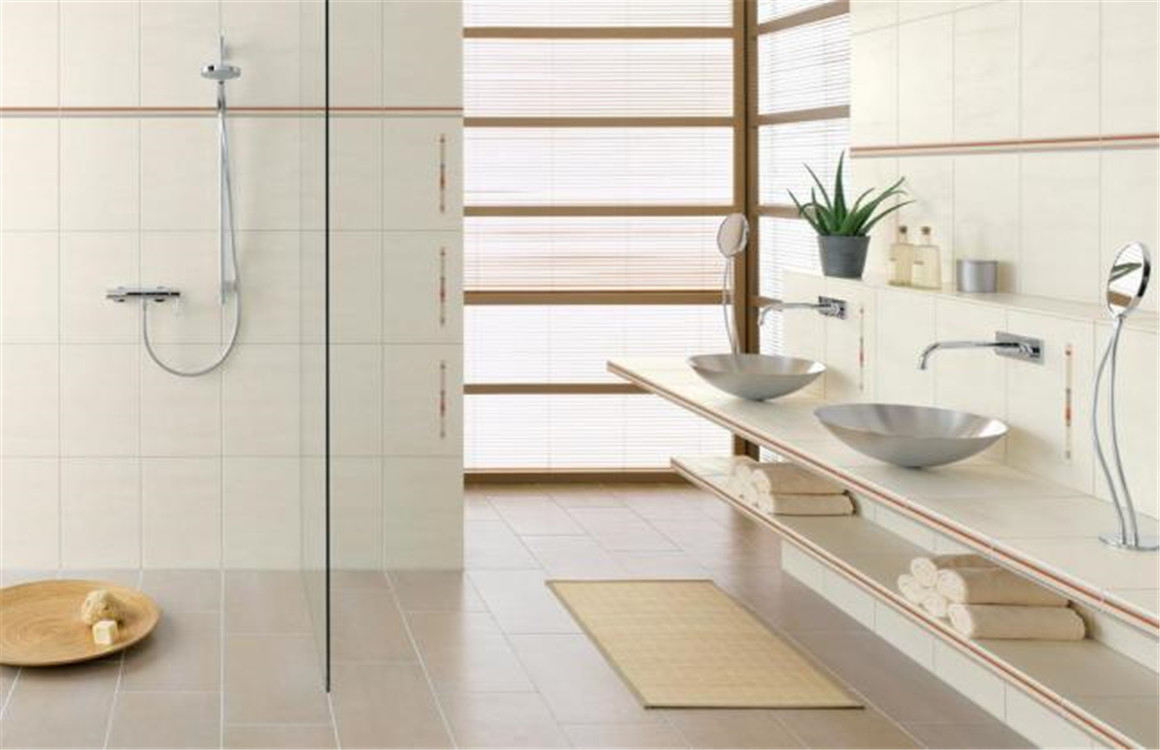Replace Your Bathroom Sink
Because they get heavy everyday use, bathroom sinks can easily become chipped, stained, or scratched over time. When this happens, you may want to install a new sink to enhance the ambience of your bathroom and create a fresh, clean look. While replacing a bathroom sink takes a bit of time, and replacing the faucet is a separate but essential element of the process, the overall job is manageable for most DIYers.
Choose a silicone caulk intended for use with bathroom fixtures. Don’t use acrylic or other non-silicone caulks. Lower the sink into the hole in the countertop. Lift the sink carefully and slowly drop it straight down into the opening. Once it’s in place, push down on the sink and wipe off any excess silicone that squeezes out with paper towels.
This job may be a bit easier if you have a second person reach up from inside the cabinet to support the sink from below. Attach the sink to the underside of the counter with fastener clips. Follow the instructions that come with your new sink regarding the placement of the clips. Either tighten them by hand or with a screwdriver, as indicated by the instructions. Once secured, they’ll apply pressure to hold the sink tight to the underside of the counter.
Not all sinks require clips for installation. If your model does use clips, they should come in the package with your new sink. If you’re missing a clip or 2, it’s possible that the clips from your old sink may work.
Run a bead of caulk around the rim of the sink where it meets the countertop. Your goal here is to create a waterproof barrier between the rim of the sink and the countertop so that water can’t seep in under the sink rim. Once you’ve run the bead of caulk around the sink rim, wet your index finger and run it around the entire bead to smooth the caulk in place. Then use damp paper towels to wipe away any excess. Use the same silicone caulk you used to adhere the underside of the sink to the countertop.















